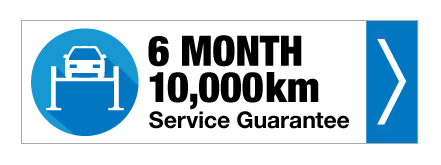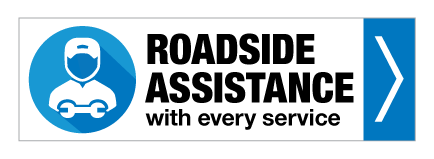Australia is known for its beautiful landscapes, vast open roads, and adventurous driving experiences. However, like any other country, it also poses certain road hazards that drivers need to be aware of. Being mindful of these potential dangers and adopting proactive measures can greatly enhance road safety for everyone. In this blog, we will explore some of the common road hazards in Australia and provide practical tips on how to avoid them.
Wildlife Encounters:
One of the unique challenges faced by Australian drivers is the presence of wildlife on the roads. Kangaroos, wallabies, and other animals are known to cross highways, particularly in rural areas. To minimise the risk of collisions, it is essential to stay alert, especially during dusk and dawn when animals are most active. Observe road signs indicating wildlife areas and reduce your speed accordingly. It is also advisable to avoid swerving abruptly if an animal appears suddenly, as this can lead to loss of control. Instead, brake steadily and sound the horn to alert the animal and other drivers.
Rough and Unsealed Roads:
Australia’s vast terrain includes numerous rural and outback regions where roads may be unpaved or poorly maintained. These rough surfaces can affect vehicle stability and traction. When driving on unsealed roads, reduce your speed to accommodate the conditions and maintain a safe distance from other vehicles. Be cautious of loose gravel, potholes, and sudden changes in road conditions. Regularly inspect your tyres and ensure they are properly inflated to improve handling and reduce the risk of punctures.
Flooding and Water Crossings:
Heavy rainfall can result in flash floods and water crossings, particularly in coastal and tropical regions. It is crucial to check weather forecasts and road conditions before embarking on a journey. If you encounter a flooded road, never attempt to cross it unless you are certain of the depth and the water level is below the vehicle’s recommended maximum. Swift-moving water can easily sweep away even large vehicles. If in doubt, find an alternative route or wait until the water subsides.
Fatigue and Driver Distraction:
Fatigue and driver distraction are common road hazards that can occur anywhere. Long journeys on monotonous highways can contribute to drowsiness, so plan for regular breaks and switch drivers if possible. Avoid distractions such as mobile phones, eating, or adjusting audio systems while driving. Stay focused on the road and be aware of other drivers who may not be practicing safe driving habits.
By understanding and being prepared for common road hazards, drivers can significantly reduce the risk of accidents and promote road safety. Remember to remain alert for wildlife, adjust your speed to road conditions, stay informed about weather and road conditions, and prioritise personal well-being by avoiding fatigue and distractions. With these proactive measures, we can all contribute to safer and more enjoyable journeys on the road.



